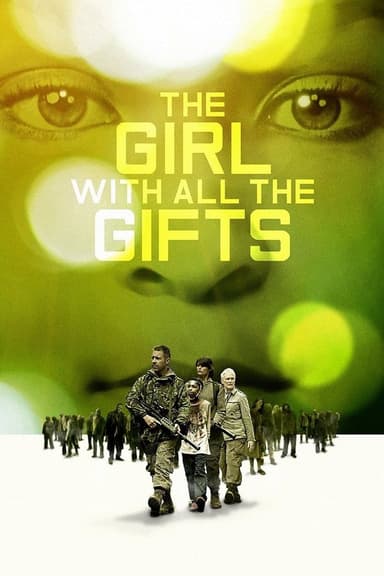
The Quiet Earth
1985 • Drama, Science Fiction, Thriller • R
After a top-secret experiment misfires, a scientist may be the only man left alive in the world.
Runtime: 1h 31m
Why you should read the novel
If you're captivated by the mysteries hinted at in The Quiet Earth film, you owe it to yourself to experience Craig Harrison’s original novel. The book offers a deeper exploration of isolation, identity, and the nature of reality, making it far more than just a post-apocalyptic tale. Through richly drawn inner monologues and philosophical musings, readers are invited to dwell on questions the movie only briefly touches upon.
Harrison’s novel delves into complex psychological landscapes, revealing nuances of the protagonist's mental and emotional unraveling as he confronts a seemingly empty world. The written form allows for a much greater intimacy and understanding of his fears and motivations—something the cinematic version only scratches the surface of. The unique narrative style draws you into every subtle shift in consciousness, turning the story into an introspective journey as much as a mystery.
By opting to read the novel, you’ll uncover layers of ambiguity and depth that the film condenses or leaves unexplored. Harrison’s thought-provoking prose provides ample ground for interpretation, prompting readers to question their own perceptions of existence, guilt, and ultimately, what it means to be truly alone. The book stands as a more immersive and rewarding experience for anyone keen on profound science fiction.
Adaptation differences
One significant difference between the adaptation and the original novel lies in the protagonist’s background and psychological state. In Craig Harrison’s book, John Hobson is a scientist grappling with severe guilt, depression, and suicidal ideation, making his experience of the empty world more intense and ambiguous. The film, on the other hand, features Zac Hobson, portrayed with a somewhat different demeanor and motivations, focusing less on psychological torment and more on external events.
Another major shift is in the structure and pacing of the plot. The novel unfolds primarily through introspective passages and gradual revelations, immersing readers in the character’s ongoing descent into psychological instability. The movie streamlines this with more direct storytelling and visual drama, prioritizing plot progression and visual spectacle over internal thought processes.
A third difference is evident in how secondary characters and relationships are handled. The book’s interactions are fewer and far more ambiguous, intensifying the theme of existential loneliness. In contrast, the film introduces a more conventional triangle with clear tensions and dialogue, which alters the emotional dynamics and adds a sense of urgency that diverges from the book’s meditative tone.
Finally, the endings between the two stories differ substantially in terms of resolution and ambiguity. Harrison’s novel closes with a deeply philosophical and ambiguous conclusion, leaving the fate of the protagonist open to interpretation. The film adaptation, meanwhile, opts for a more visually striking and enigmatic ending, one designed to spark discussion but ultimately diverging in emotional and thematic impact from the novel’s introspective finale.
The Quiet Earth inspired from
The Quiet Earth
by Craig Harrison










